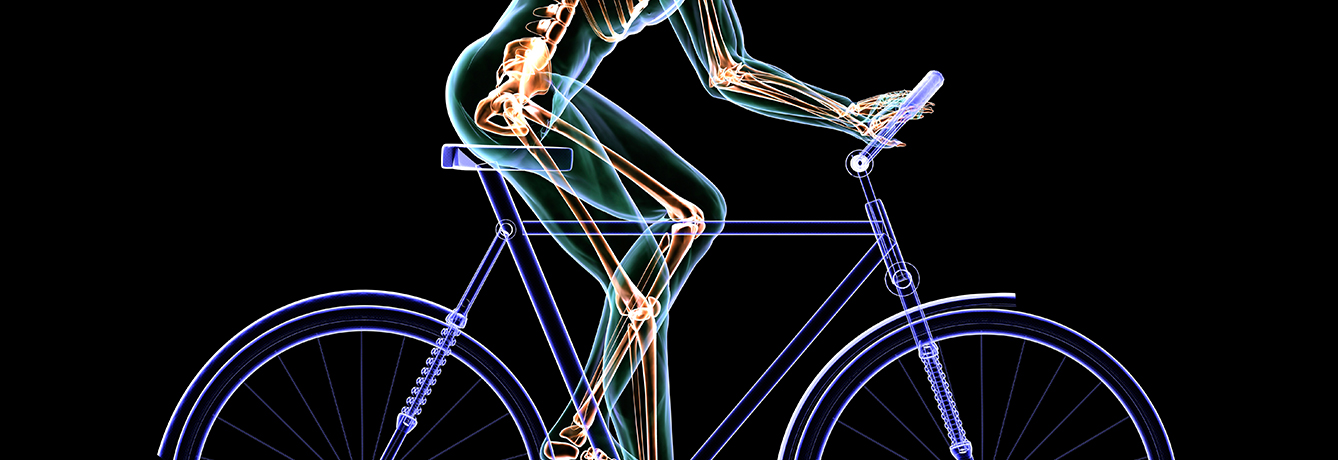It’s hard to beat bicycling as a vigorous form of aerobic exercise that protects the heart, promotes longevity, elevates mood, may lower breast cancer risk and possibly reduce Parkinson’s risk. But, for all its benefits, cycling may leave your bones vulnerable to osteopenia, according to a new study from the University of Missouri.
Researchers tested the bone mineral density of 27 cyclists and 19 runners ranging in age from 20 to 59. While one might expect both groups of athletes to have hardy bones, it turned out that 63% of the cyclists had osteopenia (lower than normal bone density) compared to 19% of the runners. Osteopenia was not confined to the older study subjects — several cyclists in their 20s and 30s were already experiencing significant bone loss. Unlike cycling, jumping rope, lifting weights, playing contact sports like soccer or volleyball — all provide bone-building impact, which signals bone cells to increase in mass.
Diet also plays a major role in keeping bones strong. Choose broccoli and arugula, and other foods that contain a full complement of bone-nourishing nutrients. Don’t overlook the importance of prebiotic fiber — found in bananas, artichokes, leeks, asparagus and onions — which boosts calcium absorption. Keep in mind that if vigorous exercise is causing profuse perspiration, you’re losing calcium in addition to excess sodium through your sweat. Rely on food sources over supplements to replenish calcium stores — you’ll end up with more mineral in your bones, and less risk to your health.
Bonus: Not only will a varied exercise routine build stronger bones, it might also reduce your later risk of dementia.
Published May 1, 2008



